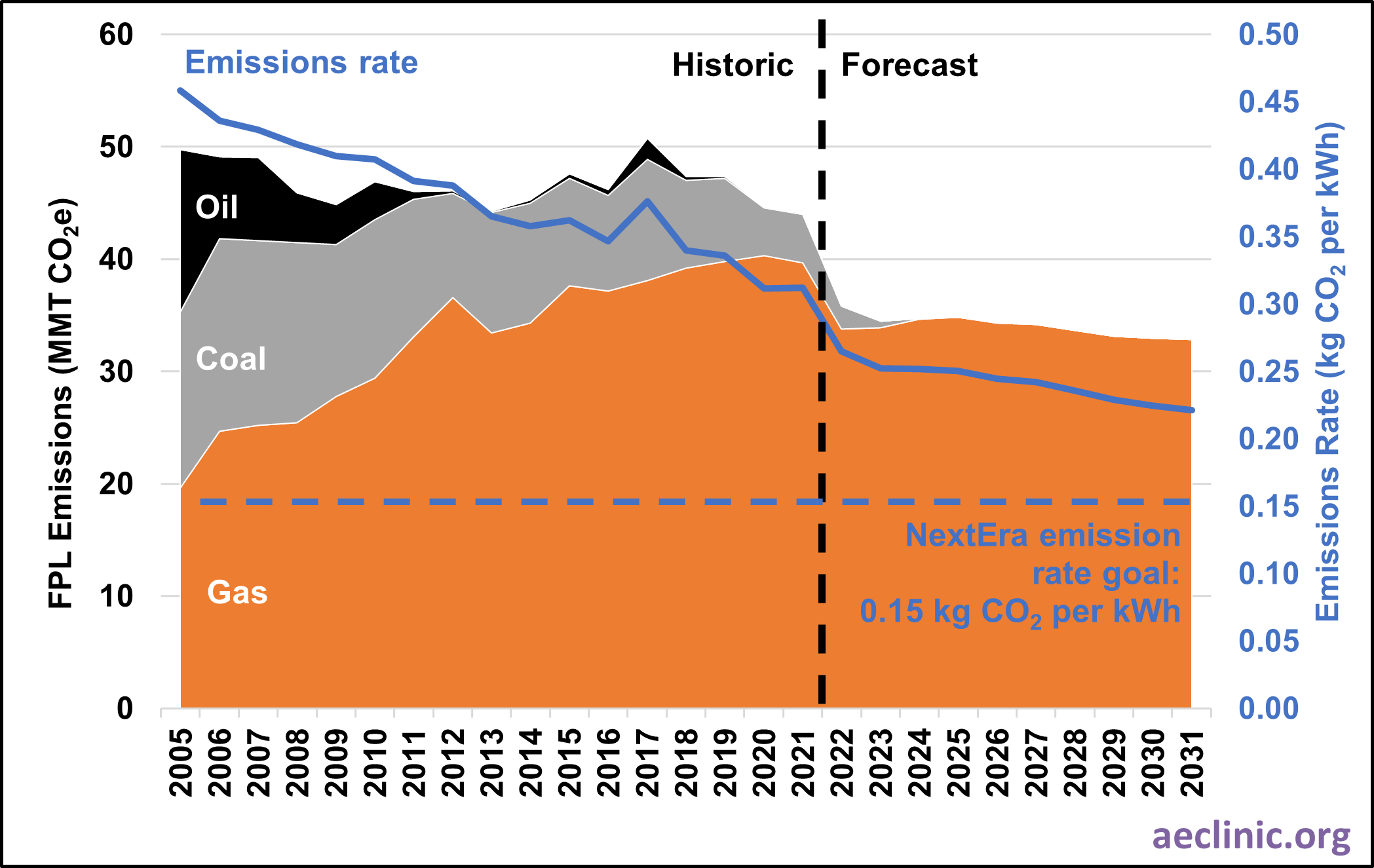Client: Southern Environmental Law Center (SELC)
Authors: Chirag T. Lala, Elisabeth Seliga, Joshua R. Castigliego, Elizabeth A. Stanton, PhD
July 2024
On behalf of the Southern Environmental Law Center (SELC), Researcher Chirag T. Lala, Assistant Researcher Elisabeth Seliga, Senior Researcher Joshua R. Castigliego, and Executive Director and Principal Economist Liz Stanton, PhD prepared a report that critiques the Virginia Electric and Power Company’s (d/b/a Dominion Energy Virginia) proposed Chesterfield Energy Reliability Center (CERC)—a 1,000-megawatt gas-fired combustion turbine facility—in Chesterfield, Virginia. AEC presents an assessment of an Alternative Portfolio—composed of solar, wind, and storage resources—that would provide the same energy and capacity needs as CERC, but at a lower cost. AEC finds that the midpoint of the range of likely levelized costs of the Alternative Portfolio is 52 percent less expensive than that of Dominion Energy Virginia’s proposed CERC: $263 million versus $544 million. The combination of solar, wind and storage meets CERC on peak capacity, beats CERC on annual generation, and would cost ratepayers just half of what Dominion Energy Virginia wants to spend on CERC. Notably, the Alternative Portfolio presented in this report includes neither energy efficiency nor demand response, both of which have the potential to lower costs still further. Investments in energy efficiency alone—made at levels similar to the annual investments common in numerous other states—could obviate the need for CERC by 2030 or sooner.












